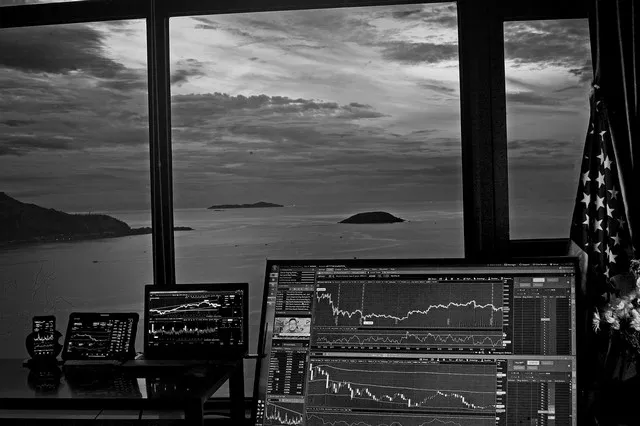Investors and traders alike are always looking for ways to stay up-to-date with the latest market trends. One of the most effective tools in their arsenal is monitoring stock market index futures. In this article, we will provide a detailed guide on how to check stock market index futures, what they are, and why they matter.
What are Stock Market Index Futures?
Stock market index futures are contracts that allow investors to buy or sell an underlying stock market index at a predetermined price and date in the future. These contracts are traded on futures exchanges and are used as a way to speculate on the future direction of the stock market.
Why Check Stock Market Index Futures?
Monitoring stock market index futures can be extremely beneficial for investors and traders. Here are some reasons why:
- Indicators of Market Trends: Stock market index futures provide a snapshot of where investors believe the market will be headed in the coming days or weeks. By monitoring these futures, traders can gauge market sentiment and adjust their investment strategies accordingly.
- Predictive Ability: Since stock market index futures are based on expectations of the future, they can be useful in predicting market movements. Traders who keep a close eye on stock market index futures can position themselves to take advantage of market movements before they occur.
- Risk Management: By monitoring stock market index futures, investors can preemptively protect themselves against potential market downturns. For example, if stock market index futures indicate a significant decline in the market, investors can take steps to hedge their investments or even exit the market entirely.
Steps to Check Stock Market Index Futures
Now that we understand the importance of checking stock market index futures let’s take a look at how to do it. Here are the steps:
- Identify the Index: The first step is to identify which stock market index you want to monitor. Some of the most commonly traded stock market index futures include the S&P 500, NASDAQ 100, and DJIA.
- Find a Futures Exchange: Once you have identified your desired index, you will need to find a futures exchange that trades futures contracts for that index. Some popular futures exchanges include the Chicago Mercantile Exchange (CME) and the Intercontinental Exchange (ICE).
- Locate the Ticker Symbol: Each futures contract has a unique ticker symbol that identifies it on the futures exchange. You will need to locate the ticker symbol for the specific futures contract you wish to monitor.
- Check the Price: Once you have located the ticker symbol, you can use a futures trading platform or financial website to check the price of the futures contract in real-time.
- Analyze the Data: After you have checked the price, it’s time to analyze the data. Look for trends in the data and compare it to historical data to gain a better understanding of where the market may be headed.
Tips for Checking Stock Market Index Futures
Here are some tips to keep in mind when checking stock market index futures:
- Use Multiple Sources: It’s always a good idea to cross-reference the data you receive from different sources. This will help ensure that you are getting accurate information.
- Don’t Overreact: While stock market index futures can be useful predictors, they are not foolproof. Don’t make rash investment decisions based solely on futures data.
- Stay Informed: The stock market is constantly changing, so it’s important to stay informed about the latest developments. Read financial news and stay up-to-date with economic indicators to gain a broader understanding of market trends.
Conclusion
Checking stock market index futures can be an effective way to stay ahead of the game in the world of investing. By understanding what stock market index futures are, why they matter, and how to check them, investors can position themselves to make informed investment decisions and minimize risk. Remember to always use multiple sources of data, avoid overreacting, and stay informed about the latest market trends.

